Archaeological Site: Domestic Enslaved Quarters
Introduction
Author-Uploaded Audio
Listen to a narration of this entry's description by Fort Hill User.
Text-to-speech Audio
Images
1850 Census pt. 1
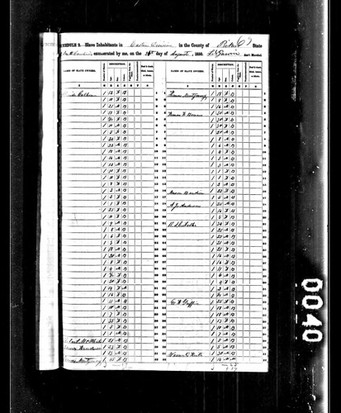
1850 Census pt. 2
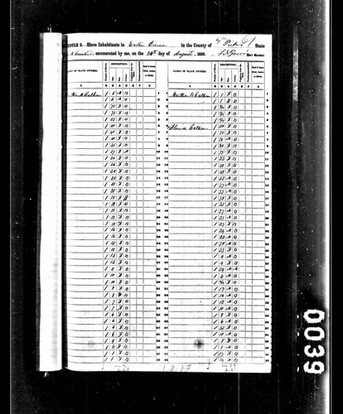
Susan Clemson Richardson
.jpg)
Suggested layout of the Fort Hill Property
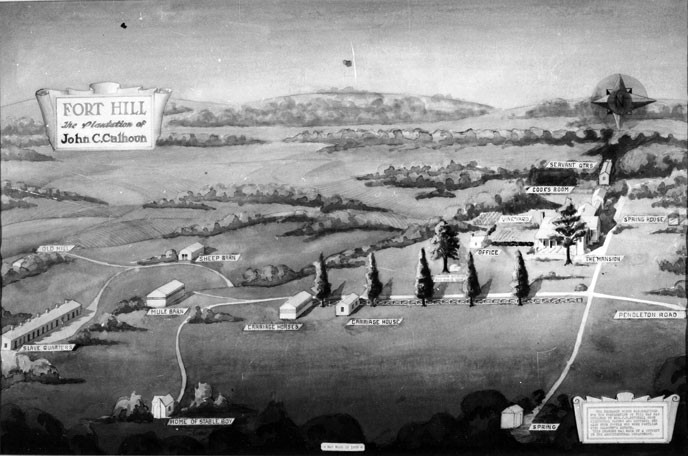
Archaeological Field School at Fort Hill
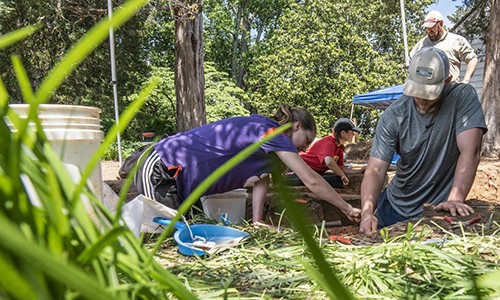
Excavation
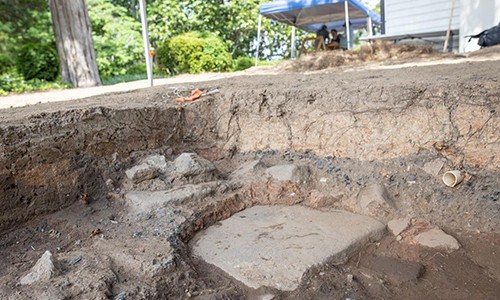
Backstory and Context
Author-Uploaded Audio
Listen to a narration of this entry's description by Fort Hill User.
Text-to-speech Audio
The enslaved population at Fort Hill were housed in separate quarters in accordance with the tasks they performed. Those who worked in the fields, cultivating the cash crops of the plantation, were housed in quarters approximately one-eighth of a mile away from the main house. Those who worked as domestic laborers and skilled laborers were housed in quarters closer to the home.
Through the personal correspondence of the family, as well as other forms of documentation such as wills and estate appraisals, some of the names and stories of the enslaved can be ascertained. During John C. Calhoun’s lifetime, there were between seventy and eighty enslaved persons at Fort Hill. A portion of this population would have been domestic and skilled laborers. In 1865, when John C. Calhoun’s eldest son, A.P. Calhoun, passed away, there were 139 enslaved persons living at Fort Hill and twelve of this number were documented as being domestic or skilled laborers.
Their names were:
Stepny, house servant; Alick, house servant; Jane, house servant; Louisa, Billy’s wife, house servant; Ella, age 11, house servant; Louisa, Edward’s wife, house servant; Christy, cook; Isaac, gardener; Pries, coachman; Billy, miller; Nicholas, Blacksmith; and Ted, carpenter.
The domestic laborers fulfilled a number of different roles for the operation of the home. Some, like Nelly and later Christy, were the cooks. Others, like Susan, her mother Daphne, and Marie Elizabeth Venning, cared for the children or worked as lady’s maids.
Sources
“A Traveller” [sic], “A Visit to Fort Hill: The Residence of the Hon. John C. Calhoun, Near Pendleton, S.C.,” The New York Herald, July 26, 1849, Morning Edition edition.
Ernest McPherson Lander, The Calhoun Family and Thomas Green Clemson: The Decline of a Southern Patriarchy and The Life and Times of Ella Lorton, a Pendleton SC Confederate (Columbia, S.C.: University of South Carolina Press, 1983).
“Educational Resources | Clemson University, South Carolina,” accessed May 21, 2020, https://www.clemson.edu/about/history/properties/ed.html.
“Historic Properties | Clemson University, South Carolina,” accessed May 21, 2020, https://www.clemson.edu/about/history/properties/.
images courtesy of Fort Hill
images courtesy of Fort Hill
images courtesy of Fort Hill
images courtesy of Fort Hill
images courtesy of Fort Hill
images courtesy of Fort Hill
